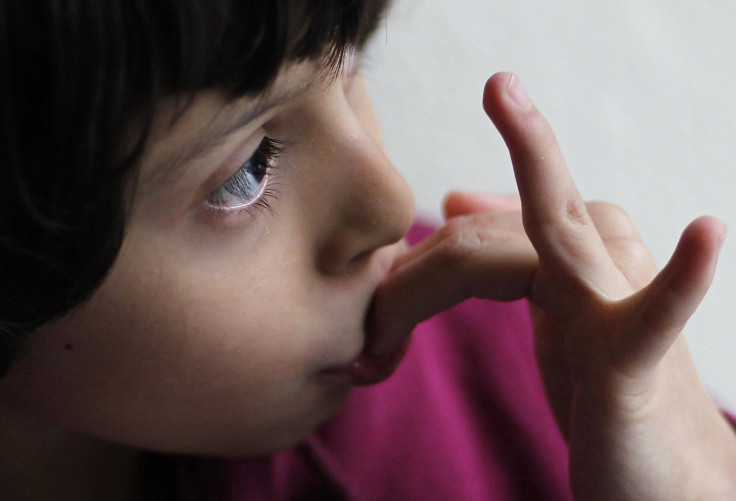ASD Diagnosis With Saliva Test Sees Early Success In Study

Scientists from Clarkson University have developed a saliva test for autism spectrum disorder (ASD) that may someday set the gold standard for identifying autism earlier than, or alongside, current behavioral tests.
A recent pilot study on the findings, published in the journal Autism Research, shows early evidence that protein biomarkers could reveal hidden inflammation and immune responses that indicate autism. According to recent data, as many as one in 50 children lives somewhere on the spectrum, which ranges from mild social impairments to severe difficulties with language and motor control.
The team’s stated goal in the study was not to develop a robust saliva test in full, but to prove the method’s reliability and collect small data samples they could then use in larger follow-up tests. “This is a first step,” senior author and neuropsychology researcher Alisa Woods told Medical Daily. “The hope is that we can find some biological marker that co-varies with a behavioral measurement.”
Right now, the gold standard for ASD diagnosis is a test called the Autism Diagnostic Observation Schedule (ADOS) exam. It’s a series of assessments that gauges a person’s location on the autism spectrum based on things like communication skills and ability to socialize. However, the ADOS exam is often dismissed as too simplistic. As Woods explains, autism isn’t merely a social disorder. Several studies have linked it to medical issues involving gastrointestinal dysfunction, which can trigger immune responses and produce inflammation in the body. The new test hopes to exploit some of these additional symptoms.
To do that, the team collected drool samples from 12 participants, six of whom had ASD and six who didn’t. In analyzing the samples for protein concentrations, they ultimately found the children with ASD had markedly different proteins overall and different concentrations of similar proteins in their saliva than kids in the control group. To the researchers, this suggested the method for detecting new biomarkers held water.
Woods is quick to point out she and her colleagues don’t have a legitimate test on their hands, at least not yet. “We need to do a larger-scale study to validate the markers and compare the markers with the behavioral measurements,” she said. From there, they’d need to carry out blind trials that test the method’s sensitivity (how well it ignores non-essential information) and its consistency. “If we can do that, certainly we might be able to improve upon either the existing tests or supplement them.”
If the research offers a novel benefit, it will be in the timing of diagnosis. Behavioral measurements like the ADOS exam can offer clues as to what’s going on inside the body, but they don’t reveal the entire picture. They can’t; discreet changes aren’t always evident until the child matures.
Biomarkers pick up that slack. They can provide a window into the many processes involved with keeping homeostasis, which include the typical responses in the digestive system like inflammation and immune response. If the biomarkers stay true after rigorous follow-up tests, scientists would have a new way not only to identify ASD but parse out the severity. They could also have the potential to form a protein signature: five or so key proteins that, if present together, Woods says, indicate one risk over another.
“There are so many different things we can do further.”
Source: Wetie A, Wormwood K, Russell S, Ryan J, Darie C, Woods A. A Pilot Proteomic Analysis of Salivary Biomarkers in Autism Spectrum Disorder. Autism Research. 2015.



























